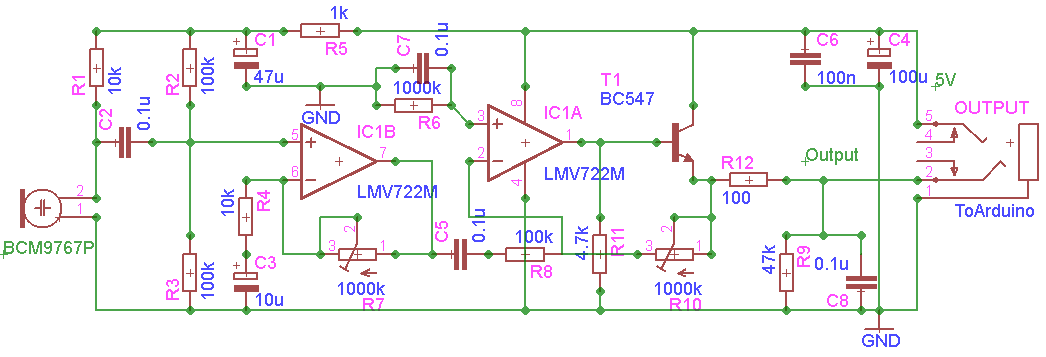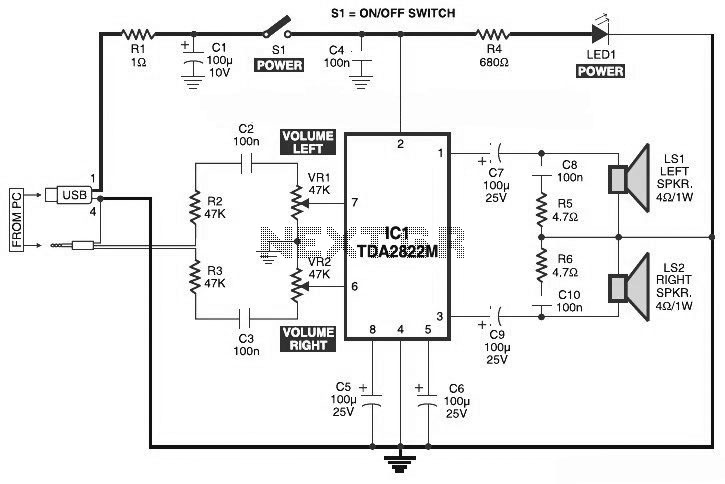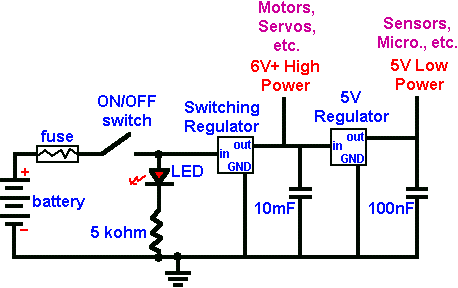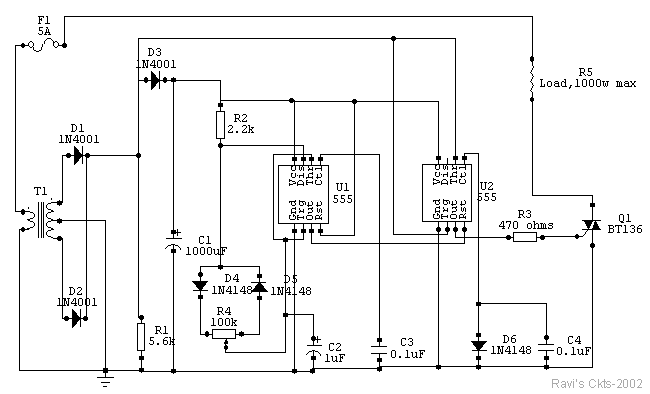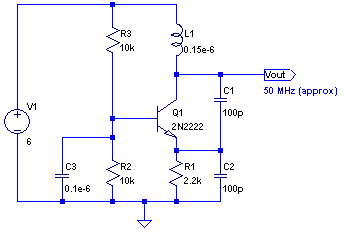
Numerical control UPS uninterrupted power system technological principle and typical application
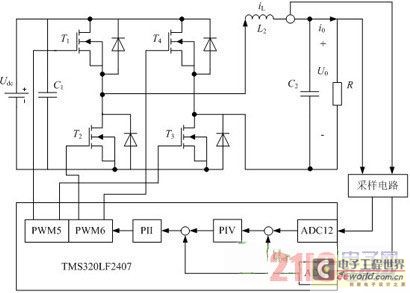
Traditional UPS systems use analog circuit control, which presents significant limitations for both manufacturers and users, regardless of whether they employ technology or SPWM technology. With advancements in information technology, the introduction of high-speed digital signal processing chips, known as Digital Signal Processors (DSPs), has enabled the digitization of control strategies, expanding their application in electric control systems. This shift to digital control not only addresses issues inherent in analog UPS power control but also enhances functionalities that are challenging to achieve with analog methods. The primary advantages of digital control are as follows: 1. Digitization allows for the implementation of advanced control methods and intelligent strategies, increasing the sophistication of UPS systems. Intelligent control signifies a new stage in automation, incorporating principles from human cognition such as adaptation and structure, thereby revitalizing electronic control systems. In high-frequency switching states, inverter models become more complex, making effective control difficult with analog or classical methods. Advanced intelligent digital control strategies can fundamentally enhance system performance. 2. Control flexibility allows for convenient system upgrades, enabling online revisions of control algorithms without hardware changes. The numerical control system's scheme is evident in its procedures; once hardware resources are appropriately allocated, control software modifications can enhance system controllability or adapt to various control objectives in real-time. 3. Reliability of the control system is improved, leading to easier standardization. The high reliability of digital control enhances overall system reliability, allowing for a unified control panel that can be modified through software for different systems or product types, which is highly appealing to manufacturers. 4. Maintenance is simplified; system issues can be diagnosed conveniently via RS-232, RS-485, or USB interfaces, with capabilities for historical data retrieval and online parameter adjustments. This facilitates cost-effective self-correction and remote servicing, significantly benefiting manufacturers' after-sales support. 5. The system's integrity is robust, with reduced costs and simpler manufacturing processes. The control panel's software offers high conformity to the same control procedures as simulation devices, minimizing debugging discrepancies typical in analog systems. Software control reduces the physical size of the control panel and lowers production costs. 6. It is easy to assemble and connect the runtime system in parallel. As the unit UPS system is digitally controlled, the corresponding control variables represent system states, allowing for more convenient information flow to facilitate the parallel connection of UPS algorithms. The operational workflow of a DSP-controlled digital UPS power system begins with normal city power input voltage.
The transition from traditional analog control to digital control in Uninterruptible Power Supplies (UPS) represents a significant evolution in power management technology. Traditional UPS systems, while functional, are constrained by the limitations of analog circuitry, which can struggle with complex control requirements and adaptability. The implementation of Digital Signal Processors (DSPs) marks a pivotal advancement, enabling sophisticated control algorithms that enhance the performance and reliability of UPS systems.
In a digital UPS system, the DSP serves as the central processing unit, executing advanced control strategies that optimize the UPS's response to varying input conditions. This includes the ability to adaptively manage power loads, improve efficiency, and enhance overall system stability. The digitization of control allows for real-time data processing, which is essential in maintaining power quality and ensuring seamless transitions during power outages.
One of the key benefits of this digital approach is the flexibility it offers. Users can modify control algorithms without the need for physical alterations to the hardware, which simplifies upgrades and maintenance. This adaptability is critical in environments where power demands can change rapidly, allowing the UPS to respond dynamically to ensure continuous power supply.
Furthermore, the reliability of digital control systems is superior to their analog counterparts. With built-in diagnostic capabilities, users can easily troubleshoot issues and perform maintenance via standard communication interfaces. This not only enhances the longevity of the UPS system but also reduces downtime, which is crucial in mission-critical applications.
The integration of DSP technology into UPS systems also facilitates better system integration. Multiple units can be connected in parallel, allowing for scalable power solutions that can be tailored to specific needs. The digital control architecture simplifies the coordination between these units, ensuring efficient load sharing and redundancy.
In summary, the adoption of digital control in UPS systems through DSP technology significantly enhances their functionality, reliability, and adaptability. This evolution not only meets the growing demands of modern electrical systems but also positions manufacturers to offer more advanced, efficient, and user-friendly power management solutions.Traditional UPS adopts the circuit control of simulation, as to manufacturer and user, no matter accuse of technology or SPWM technology, there is a great deal of limitation in analog control. With the development of information technology, high-speed digital signal processing chip Digital Signal Processor, DSP Appearance, what has been is it digit
ized to made be applied in broader electric controlled field control possibility, also become one of the main development trends. There is support of the high-speed digital signal processing chip, adopt the digitized control strategy not merely with the relevant problems in better settlement UPS power analog control, and increased some control function very difficult to realize in UPS power analog control, its main application advantage is as follows, 1Digitization can adopt advanced control method and intellectual control strategy to control, make the intelligent intensity of UPS higher, the characteristic is perfect.
The intelligent control has represented automatically controlled newly developing stage, has inherited the thoughtcast of determining the nature, turning into structure, adaptation etc. of the human brain, also brought new vigor to electric electronic control. Under the high-frequency switch working state, the model of the inverter is complicated further, this is that it is difficult that there is the one that controls the result well in analog control or classical control theory, and adopt the advanced, intelligent digital control strategy, can improve the performance index of the system fundamentally.
2It is flexible to control, the convenience of system upgrade, even can revise the control algorithm online, needn`t change the circuit of the hardware. The control scheme of the numerical control system reflects in the control procedure, once the relevant hardware resource gets the reasonable disposition, only need it through revising the control software, can improve the controllability of the original system, or change the control software of different control strategy real-timely and online according to different control objectives.
3Control the system reliability to improve, easy canonicalization. Because of numerically controlled high reliability, must make whole rise to control system reliability, and can direct against different systems or the products of different types, Adopt the unitary control panel, and only need to do some modifications to the control software, this is enormous attractive for manufacturer. 4Systematic convenient maintenance, once the system breaks down, can debug very through RS-232 or RS-485 interface or USB interface conveniently, trouble inquire history record inquire software repair, even control parameter fix, debug online.
In this way, can finish oneself`s correcting with lower cost and long-range service, have brought maximal convenience to after service of the producer. 5The system integrity is good, low cost, manufacturing is convenient. Because there will be a difference, so the control panel to the same control procedure as simulation device in the control software, its conformance is very good, there is not a simulation device in analog system that debug the difference question brought, the conformance of so the same control panel will be much higher than the analog system.
Adopt software control, realize the hardware software, make the volume of the control panel reduce greatly, the production cost drops. 6Easy to make up and connect the run-time system in parallel. Because the unit UPS system is the digital control, corresponding control variable represents the quantity of state in the system, can required information flows in order to obtain more conveniently then, make use of corresponding flowing the parallel connection run-time system of UPS algorithm to realize.
The workflow of digital UPS power that DSP controls is: When city power is normal, input voltage, 🔗 External reference
The transition from traditional analog control to digital control in Uninterruptible Power Supplies (UPS) represents a significant evolution in power management technology. Traditional UPS systems, while functional, are constrained by the limitations of analog circuitry, which can struggle with complex control requirements and adaptability. The implementation of Digital Signal Processors (DSPs) marks a pivotal advancement, enabling sophisticated control algorithms that enhance the performance and reliability of UPS systems.
In a digital UPS system, the DSP serves as the central processing unit, executing advanced control strategies that optimize the UPS's response to varying input conditions. This includes the ability to adaptively manage power loads, improve efficiency, and enhance overall system stability. The digitization of control allows for real-time data processing, which is essential in maintaining power quality and ensuring seamless transitions during power outages.
One of the key benefits of this digital approach is the flexibility it offers. Users can modify control algorithms without the need for physical alterations to the hardware, which simplifies upgrades and maintenance. This adaptability is critical in environments where power demands can change rapidly, allowing the UPS to respond dynamically to ensure continuous power supply.
Furthermore, the reliability of digital control systems is superior to their analog counterparts. With built-in diagnostic capabilities, users can easily troubleshoot issues and perform maintenance via standard communication interfaces. This not only enhances the longevity of the UPS system but also reduces downtime, which is crucial in mission-critical applications.
The integration of DSP technology into UPS systems also facilitates better system integration. Multiple units can be connected in parallel, allowing for scalable power solutions that can be tailored to specific needs. The digital control architecture simplifies the coordination between these units, ensuring efficient load sharing and redundancy.
In summary, the adoption of digital control in UPS systems through DSP technology significantly enhances their functionality, reliability, and adaptability. This evolution not only meets the growing demands of modern electrical systems but also positions manufacturers to offer more advanced, efficient, and user-friendly power management solutions.Traditional UPS adopts the circuit control of simulation, as to manufacturer and user, no matter accuse of technology or SPWM technology, there is a great deal of limitation in analog control. With the development of information technology, high-speed digital signal processing chip Digital Signal Processor, DSP Appearance, what has been is it digit
ized to made be applied in broader electric controlled field control possibility, also become one of the main development trends. There is support of the high-speed digital signal processing chip, adopt the digitized control strategy not merely with the relevant problems in better settlement UPS power analog control, and increased some control function very difficult to realize in UPS power analog control, its main application advantage is as follows, 1Digitization can adopt advanced control method and intellectual control strategy to control, make the intelligent intensity of UPS higher, the characteristic is perfect.
The intelligent control has represented automatically controlled newly developing stage, has inherited the thoughtcast of determining the nature, turning into structure, adaptation etc. of the human brain, also brought new vigor to electric electronic control. Under the high-frequency switch working state, the model of the inverter is complicated further, this is that it is difficult that there is the one that controls the result well in analog control or classical control theory, and adopt the advanced, intelligent digital control strategy, can improve the performance index of the system fundamentally.
2It is flexible to control, the convenience of system upgrade, even can revise the control algorithm online, needn`t change the circuit of the hardware. The control scheme of the numerical control system reflects in the control procedure, once the relevant hardware resource gets the reasonable disposition, only need it through revising the control software, can improve the controllability of the original system, or change the control software of different control strategy real-timely and online according to different control objectives.
3Control the system reliability to improve, easy canonicalization. Because of numerically controlled high reliability, must make whole rise to control system reliability, and can direct against different systems or the products of different types, Adopt the unitary control panel, and only need to do some modifications to the control software, this is enormous attractive for manufacturer. 4Systematic convenient maintenance, once the system breaks down, can debug very through RS-232 or RS-485 interface or USB interface conveniently, trouble inquire history record inquire software repair, even control parameter fix, debug online.
In this way, can finish oneself`s correcting with lower cost and long-range service, have brought maximal convenience to after service of the producer. 5The system integrity is good, low cost, manufacturing is convenient. Because there will be a difference, so the control panel to the same control procedure as simulation device in the control software, its conformance is very good, there is not a simulation device in analog system that debug the difference question brought, the conformance of so the same control panel will be much higher than the analog system.
Adopt software control, realize the hardware software, make the volume of the control panel reduce greatly, the production cost drops. 6Easy to make up and connect the run-time system in parallel. Because the unit UPS system is the digital control, corresponding control variable represents the quantity of state in the system, can required information flows in order to obtain more conveniently then, make use of corresponding flowing the parallel connection run-time system of UPS algorithm to realize.
The workflow of digital UPS power that DSP controls is: When city power is normal, input voltage, 🔗 External reference
Warning: include(partials/cookie-banner.php): Failed to open stream: Permission denied in /var/www/html/nextgr/view-circuit.php on line 713
Warning: include(): Failed opening 'partials/cookie-banner.php' for inclusion (include_path='.:/usr/share/php') in /var/www/html/nextgr/view-circuit.php on line 713

